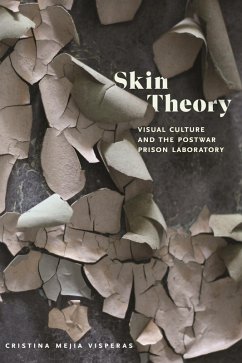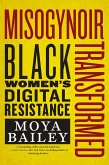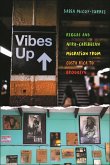"During the postwar period, experiments on prison populations were standard practice among many universities, public health agencies, and major pharmaceutical manufacturers across the United States. Thus, the operative question in Skin Theory is: What was it about the US prison that made it so amenable to medical science research? A visual study for critically understanding entwined sites of imprisonment and scientific knowledge production, Skin Theory speaks directly to the crucial moments immediately before two large American industries, one carceral and the other pharmaceutical, saw their fantastic rise and dominance, honing in on when their interests and operations came together in explicit ways. It revisits the notorious dermatological experiments conducted between 1952 and 1974 at Holmesburg Prison, Philadelphia, analyzing skin in its technological, spatial, and discursive dimensions to illustrate a profound antagonism between knowledge and freedom made visible through the body of the captive test subject, a racialized subject whose boundless availability to scientific and cultural representation complicates the very notion of skin. This study offers an important reframing of critical approaches to race in histories of science, medicine, and technology, redefining science as already a fundamentally racial project. A visual analysis of how medical science and incarceration together formed a race-making technology and geography reconfiguring the nation's long history of captivity, from slavery to mass incarceration, Skin Theory shifts from issues of scientific racism to the scientific rationality of racism itself"--
Hinweis: Dieser Artikel kann nur an eine deutsche Lieferadresse ausgeliefert werden.
Hinweis: Dieser Artikel kann nur an eine deutsche Lieferadresse ausgeliefert werden.








